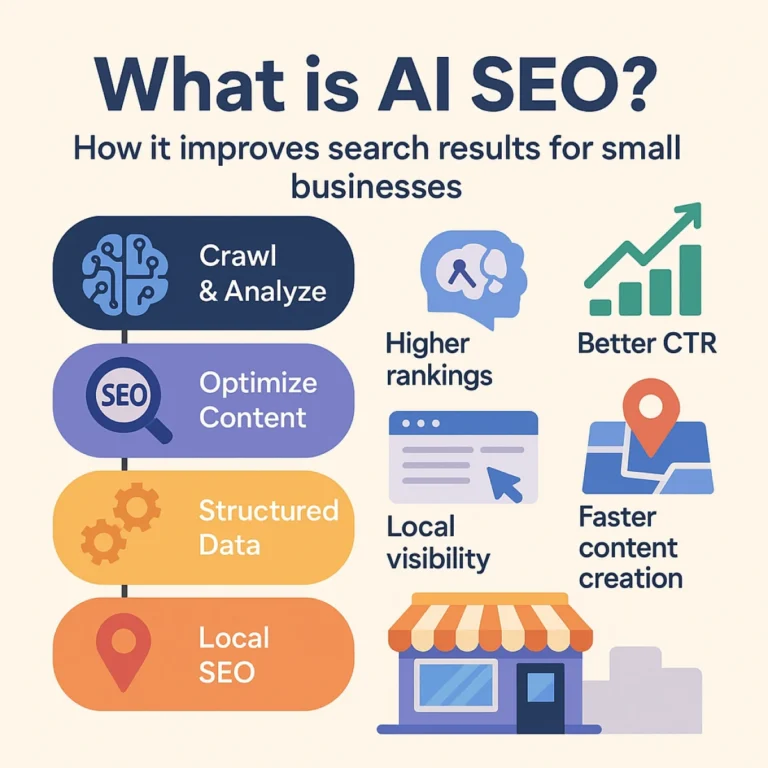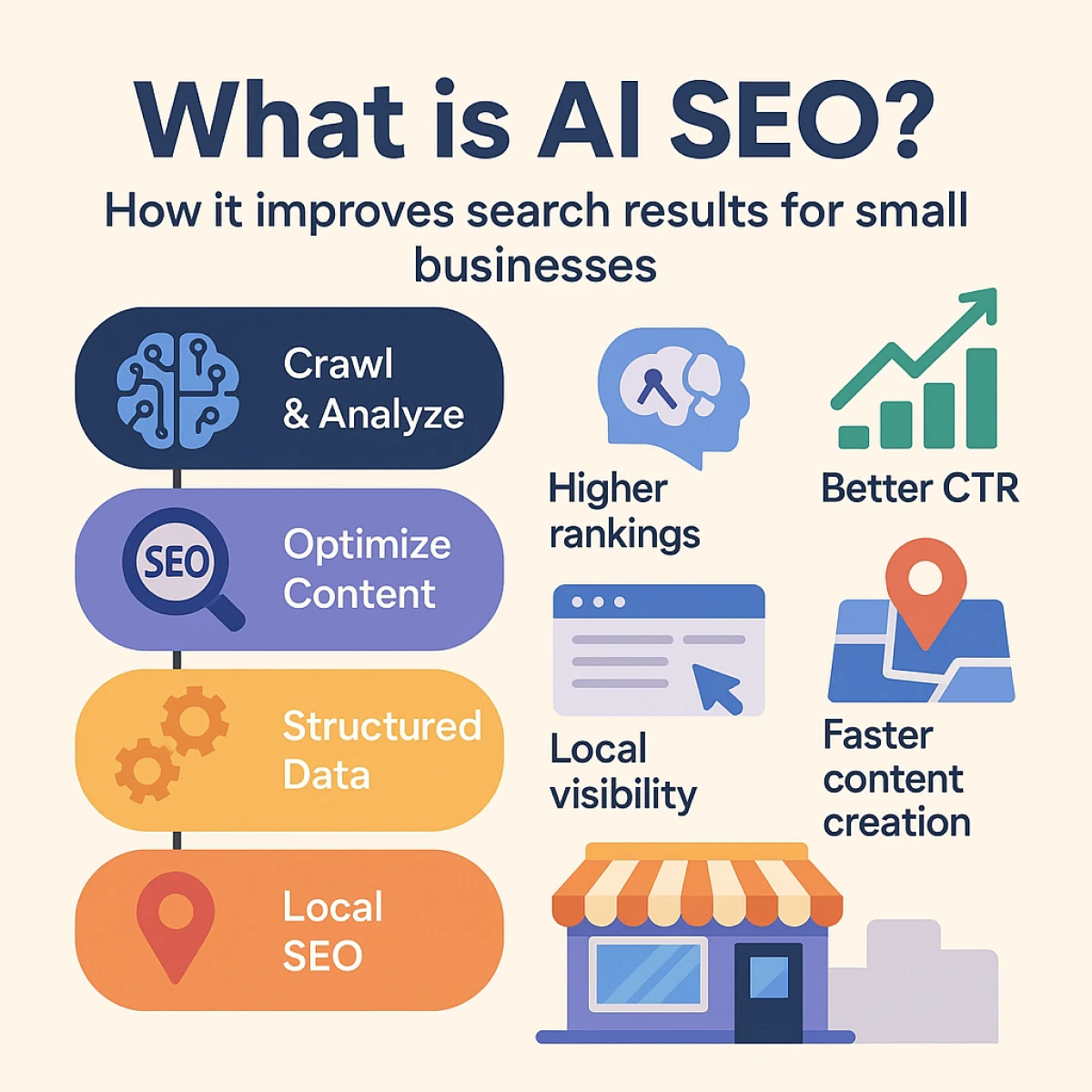If you’re a small to medium-sized business (SMB) manager or marketer looking to start a new video campaign or up your game on an existing strategy, what follows is for you. Search engines and potential customers both love media-enriched content. Useful, authoritative, original, engaging text coupled with either original or legally sourced and credited photos, animations, and infographics is a must. But to make your content marketing truly robust, you must add the third dimension: video.
Video adds high value to the user experience, increases engagement and interaction on your web pages, and boosts conversions. Most prospects will spend more time watching video than reading text, and they’re more likely to read a text supplemented by video content. In marketing, it’s important to compound messages by repeating them. The average prospect needs to engage with a message up to seven times before taking action. A blog post that presents the same message in the form of text, images, animations, infographics, and video will have a much higher chance of converting than a page with only one or two of these elements.
But to make the most of its potential, you must do more than just run a company channel on YouTube, Dailymotion, or Vimeo. You must plan and organize your video content to integrate with your overall marketing strategies. Integrate your blog posts, video content, email campaigns, and other marketing activities across all available media, including social. Embed video into blog posts and link to blog posts from video, while using images and infographics in both.
The core of content marketing is quality. Whatever strategies and channels you use for outreach, to compete, you must produce the highest quality content your resources will allow. So, here are seven secrets to producing the highest quality video content to use in your content marketing strategies.
1. Split the Arrow
All savvy content marketers understand how important it is to target a campaign well. Knowing your audience, their demographics, likes and dislikes, and how they prefer to consume media are essential prerequisites to designing and crafting content to carry and communicate your marketing messages. In the legends of Robin Hood, during an archery competition, another competitor shoots an arrow right into the center of the target, hitting the so-called “bullseye.” But rather than concede defeat, Robin pulls back the bow, takes aim, and fires a shot that splits the other fellow’s arrow down the middle, thus winning the competition. Now, that’s targeting!
Time spent not only researching your target audience but your key competitors’ targeting strategies is always time well-spent. Know your audience. But also know which of your competitors are hitting the same targets and how. While more time-consuming, evidence-based marketing is far and away the most powerful and cost-efficient in the long term. So, if you want a powerful and competitive video marketing campaign, do your “due diligence” in terms of research before you even think about scripting, lighting, shooting, post-production, and distribution. Don’t just hit targets; split arrows.
2. Be a Storyteller
The best content marketing is storytelling. Your content must hook the consumer into an engaging narrative and carry them through to a satisfying conclusion. Video is a wonderful medium for storytelling as it engages the eye, the mind, and the heart through images, language, and music.
How to use effective storytelling in marketing is a topic in its own right. But done well, it’s the most powerful element of marketing in any medium. More so in video. If you don’t feel confident in your storytelling, outsource your video script writing to a professional content writer with experience in the field.
A well-told story is persuasive. There’s no better way to present your company brand, marketing message, and unique value proposition. Video offers you the opportunity not only to convince but to position yourself as a thought-leader in your industry or niche.
3. Hook, Line, and Sinker
Experienced email marketers know to put 80 percent of their effort into crafting an email’s subject line if they want prospects to open it. And then, once opened, it’s the first sentence that decides if they read it or not. The line and the sinker in fishing are the proposition and the CTA (call-to-action) in marketing. But they are both pointless if you don’t bait your hook.
The same applies to video marketing. Studies show you have less than 10 seconds to capture and persuade a viewer to watch a three-minute video. So make sure your script is tight, your visuals are eye-catching, and your hook arouses the viewer’s curiosity compellingly.
4. Make Data Presentation Dynamic
Not all videos must present data and statistics. But it’s often to your advantage to prove your message with figures, as in B2B or technical marketing. But there’s a risk of rendering an otherwise interesting video over-complex and dull when you dish out the stats.
The trick here is in choice and presentation. Before introducing data specifics, ask yourself if the data is necessary or helpful to prove your story. If you’re sure that the data or a statistic is helpful, then make sure you make the presentation stimulating and dynamic. The best way is with custom-designed graphics and animation, coupled with music or sound effects and an explanatory voice-over.
Data and stats can enhance your message in the right situations. But use them only on a need-to-know basis and make sure they sparkle on the screen. If the data and stats aren’t yours, reference your source on screen, too.
5. SEO for Video Search Engines
Modern SEO (search engine optimization) isn’t so much about keywords, metadata, and backlinking as about giving a high-quality end-user experience. That’s the most important factor in social engagement and sharing. But the third-party channels you output your video to, such as YouTube, Vimeo, and Dailymotion, are all search engines in their own right.
While your focus should be on quality content, don’t ignore simple optimization at the “back-end.” Whatever platform you’re using to host your video content, make sure you max out on all the available SEO tools, including titles, keywords, descriptions, tags, and on-screen linking. Creating a high-value user experience is vital, but don’t neglect the background details.
6. Short Is Sweet
Know what you want to say, say it in the most effective way possible, and then stop. High production values and strong storytelling don’t mean you need to make a blockbuster movie. You’re a content marketer, not a Hollywood movie maker. If your video has a powerful hook, a convincing message presented to engage the emotions, and a clear CTA, it has everything.
7. Social Proof and Client Testimonials
Marketers well know the power of testimonials. People are more likely to believe a message endorsed by someone else, especially if it’s someone like them or an authority they already trust. Celebrity endorsements are great but beyond the reach of most SMEs. If you have text testimonials already, you can transfer them to the screen. But an increasingly popular and effective device is to get satisfied clients to agree to a short video testimonial. Video testimony is such a powerful technique that it may be worth offering targeted clients special discounts or benefits in exchange for this service.
Video Marketing is the fastest growing sector in the content marketing industry. Many SMBs shy away from taking full advantage of it because they think they don’t have the skills or resources wot make it work. And while professional-quality video output is best, as with any content strategy, it’s the quality of the content itself, the story you tell, and the proposition you make, that counts. Implementing the seven elements of a powerful video marketing strategy described here will give any business, regardless of its size, a shooting start off the block.








